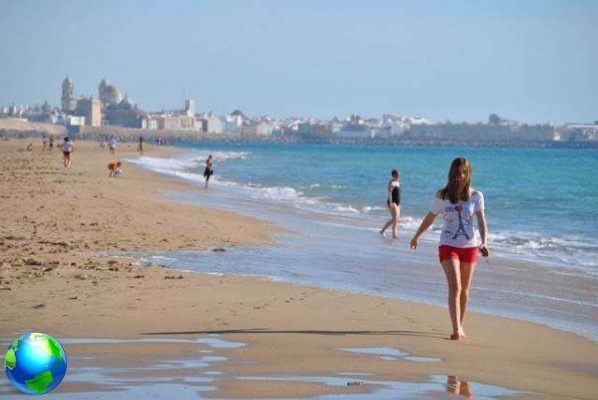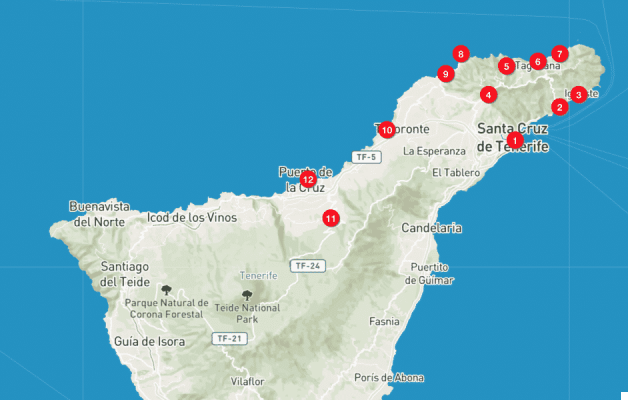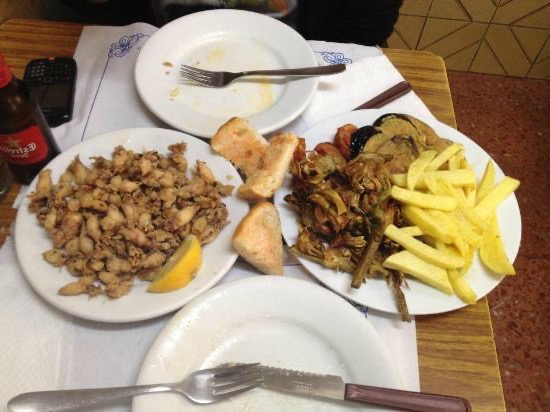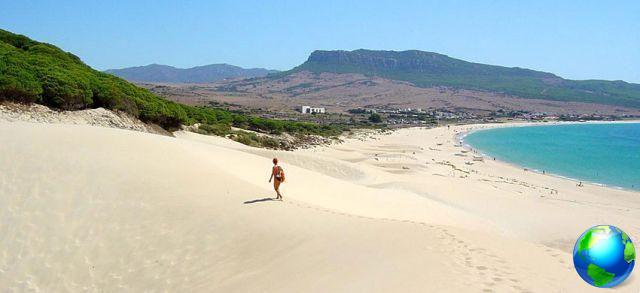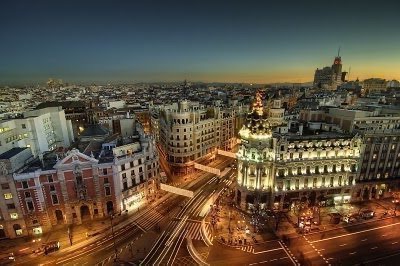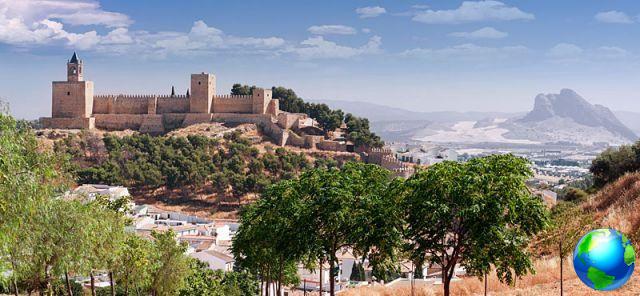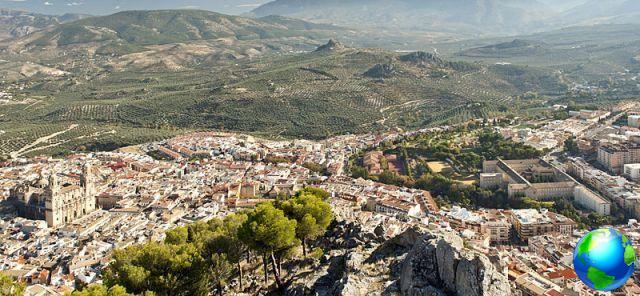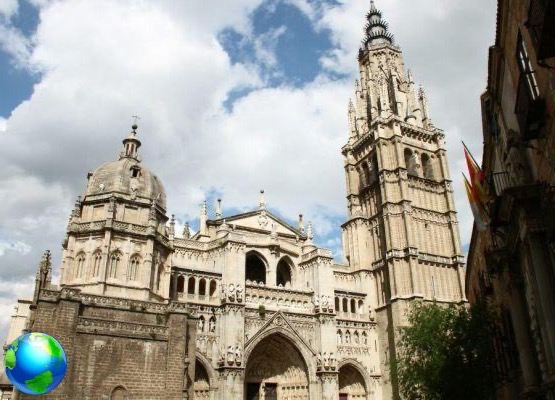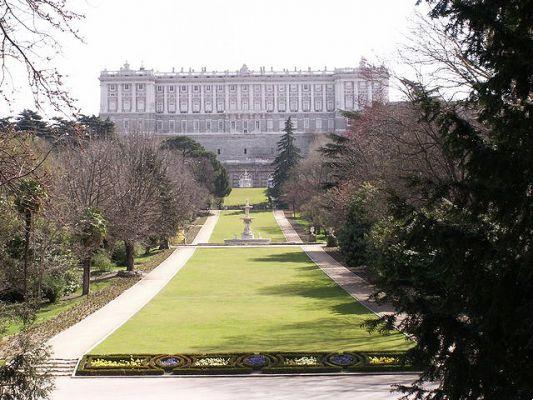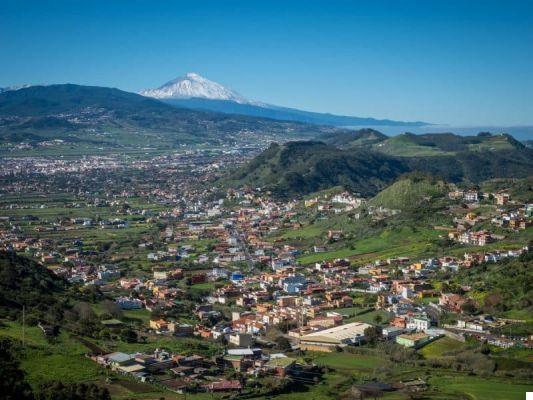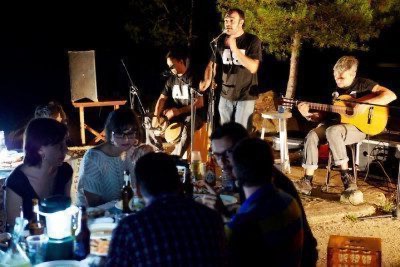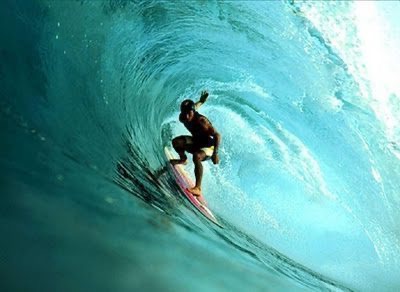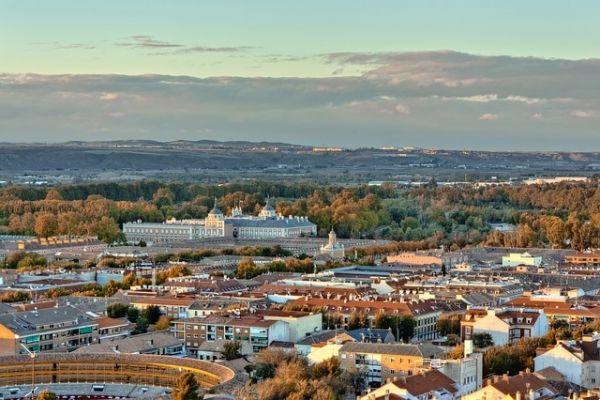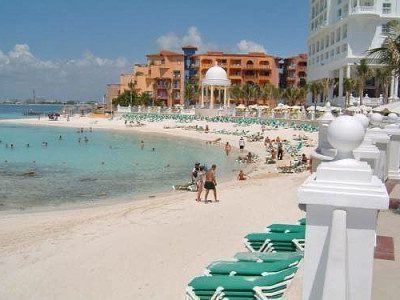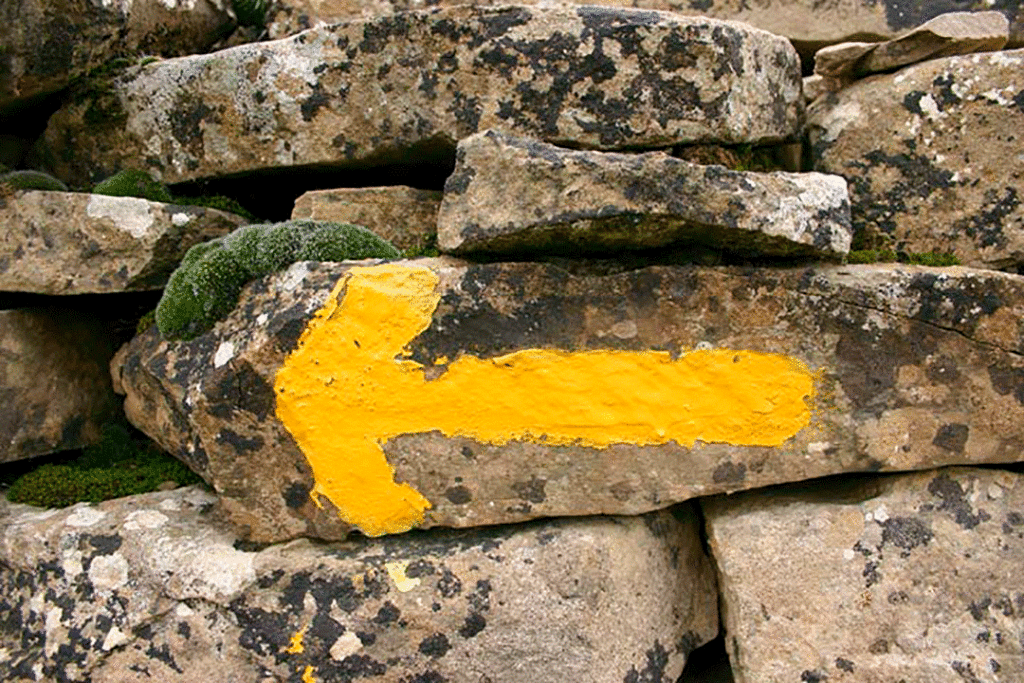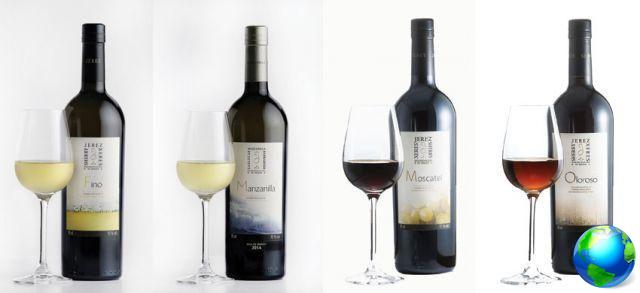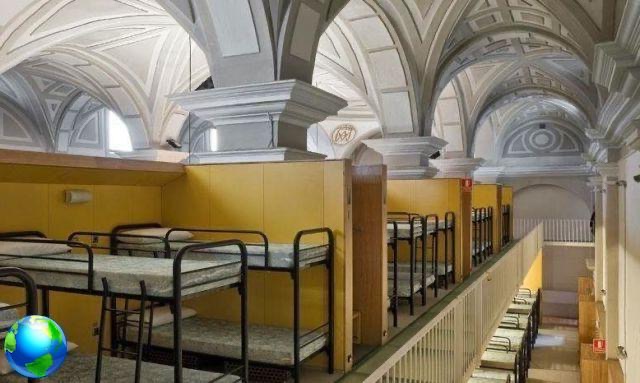If you love unspoiled nature and volcanic landscapes, do not miss these posts: the wild nature of Teide can only conquer you!
Many tourists know Tenerife for its beaches, for its liveliness, for its cuisine.
Few, on the other hand, know Tenerife for its own naturalistic aspect more pristine and wild.
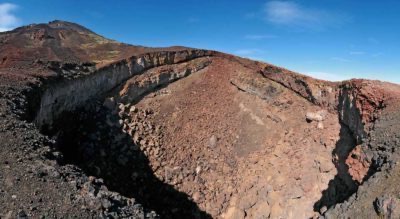
Then let's find out together!
When the plane leaves the European coasts and flies over the Atlantic Ocean, you realize that you are in Tenerife because out of nowhere, suddenly, the Teide volcano appears and immediately dominates the scene, showing himself in all his beauty as a silent guardian.
The Teide
Teide is the third volcano on the planet in size (the first two are in Hawaii!), it is about 3700 meters high and stands on the island of Tenerife of which it is the geographical and naturalistic heart.
The volcano is still active and its last eruption dates back to the early 1900s.
Fortunately, despite the geothermal activities that continually manifest themselves in fumaroles and geysers, this giant appears to be in a period that volcanologists call "calm".
And let's hope the volcano still sleeps for a long time!
The Teide National Park
Around the volcano was created in the middle of the last century a wonderful Protected National Park, Teide National Park.
The park is characterized by craters, rivers of petrified lava and many geological phenomena which have given rise to incredible lunar landscapes.
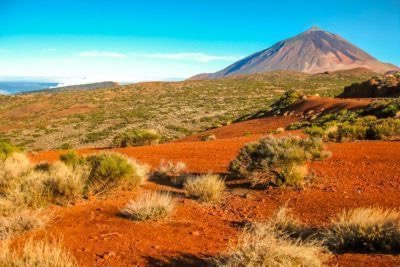
All this is surrounded by the Mediterranean scrub on one side and by a splendid forest on the other, with a unique biodiversity that has become a World Heritage Site.
The Teide National Park can rightfully be considered a treasure to be admired and protected.
Inside the park, on the Izana mountain, you find a beautiful solar observatory, the largest on the planet, equipped with several telescopes with which teams of scientists from all over the world work.
How to visit the nature reserve
The best way to reach and visit the volcano and the park is thecar.
Group visits with bus transport are organized everywhere but clearly you have less freedom to explore this unique place in the world, which instead deserves an in-depth and personalized visit.
Furthermore, driving independently from west to east or vice versa allows you to cross villages, woods, valleys and areas with a marked volcanic aspect: it is a truly unique succession of breathtaking views and landscapes to stop to admire and photograph at will.
Climb to the top of the volcano
At the base of the volcano, from where the cable car departs, you can arrive by car and park comfortably.
At the departure station there is a bar / restaurant where you can eat something, services and a small corner where you can buy souvenirs.
A nice trekking to do is the path that allows you to reach the top of the volcano on foot starting from Montana Blanca.
There are About 6 hours of walking and it is recommended only for those who are very trained… here the altitude and the difference in height to be covered are really challenging!
The alternative within everyone's reach is the cable car which must be booked online because it has a limited number!
The cable car reaches an altitude of 3550 meters ... not bad eh! Here you have to be well dressed even in summer because the cold wind at these altitudes doesn't spare anyone.
In return the view that you have - both on the crater and on the whole island of Tenerife from the areas used as a lookout - is truly formidable.
To get to the top - up on top of everything - there is only one path, only accessible with special permission to be requested in advance.
The Solar Observatory
The Solar Observatory Izana it is a relatively recent plant structure. It has many observation points and as many telescopes: night telescopes, microwave telescopes and solar telescopes.
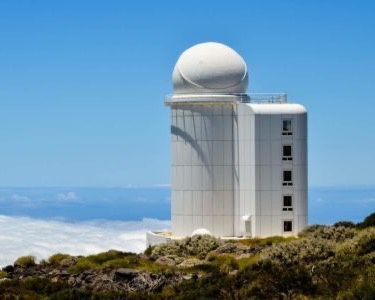
Scientists and researchers from all over the world work in this unique facility, providing a wealth of useful data on both the Sun and astrophysics in general.
I recommend that you book a guided tour which is available in 4 languages (Spanish, English, German and French) on set days, to visit the Observatory.
The guides will show you the different telescopes and how they work; you will also be able to observe the Sun through two telescopes with different filters and you will be able to appreciate the various phenomena that occur on this star so important for life on earth.
The visit to the Teide Observatory takes no more than a couple of hours and, considering the rather low cost, it can be an excellent opportunity not only for astronomy enthusiasts and dreamers, but also for families with children.
The Teide National Park is a authentic geological treasure, which tells the story of life on Earth through the many rock formations modified by time and atmospheric agents, volcanic chimneys and solidified lava flows.
This whole surreal landscape is one palette of shapes and colors that will leave you speechless. It really feels like being on the moon!
Don't miss a stop at Roques de Garcia, inside the caldera of Las Cañadas; these are incredible rock formations that resemble real statues formed by the action of wind and rain through a millenary history.
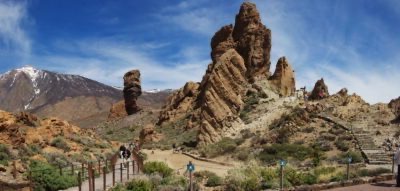
In the Park there are two visitor centers: the El Portillo Center and the Cañada Blanca Center.
Where to find information for visits
Here you can find information about the geological history of the park and the expected weather conditions on the mountain, in case you are organizing atrekking excursion on the Teide.
The visitor centers also leave guided excursions which I highly recommend: with the guides you can reach the most spectacular areas of the park in areas otherwise inaccessible.
However, there are many hiking trails to do freely, always of great landscape value.
I love the island of Tenerife very much, and even more I love its silent giant, the Teide.
Two practical tips
For this I want to give you a couple of practical tips to make the most of this day.
1. First bring a packed lunch with you: because the Park area does not stand out for the abundance of accommodation facilities, and you may find yourself hungry in the middle of a path that you do not want to leave because it is magnificent.
2. Also I suggest you drive through the park from west to east.
The descent towards Santa Cruz de Tenerife in fact it offers spectacular views: green woods that grow on a rocky terrain of a thousand colors, in the background the cobalt blue ocean, and you can find all this on both sides "shock effect", along the stretch of road that cuts the mountain top. An experience that will genuinely thrill you, I bet!




